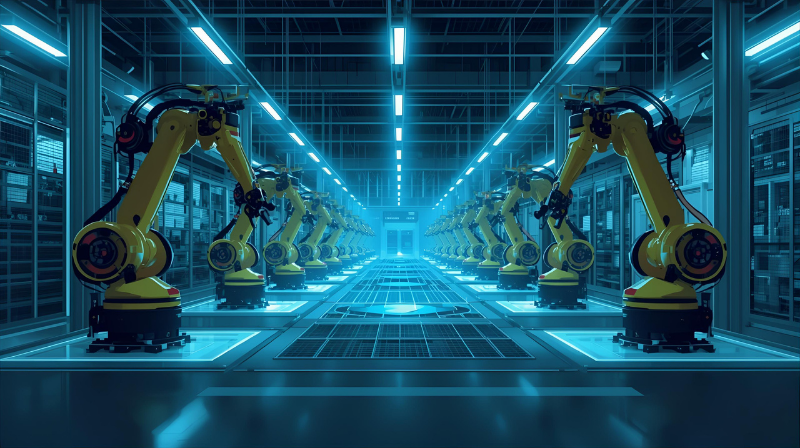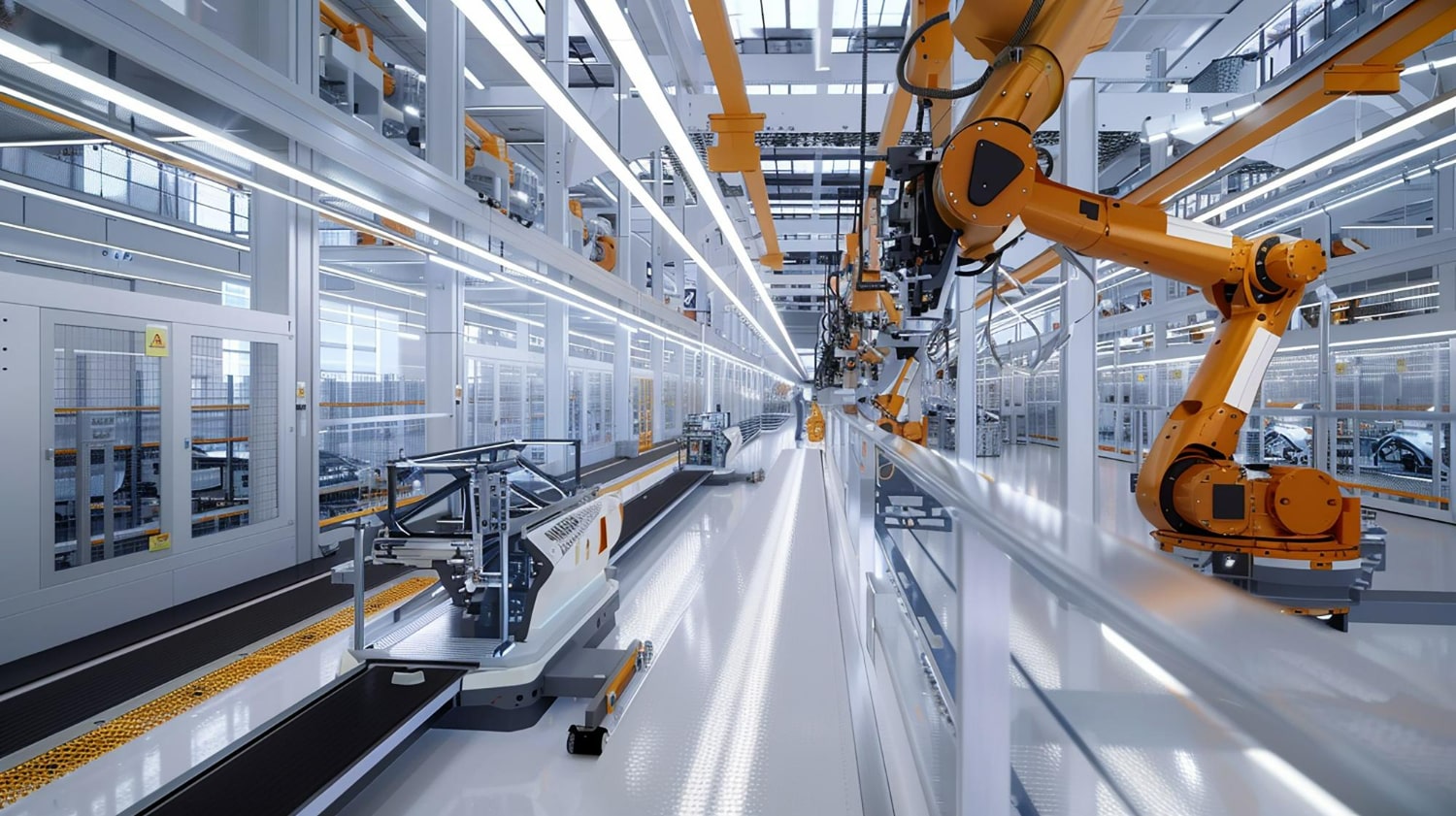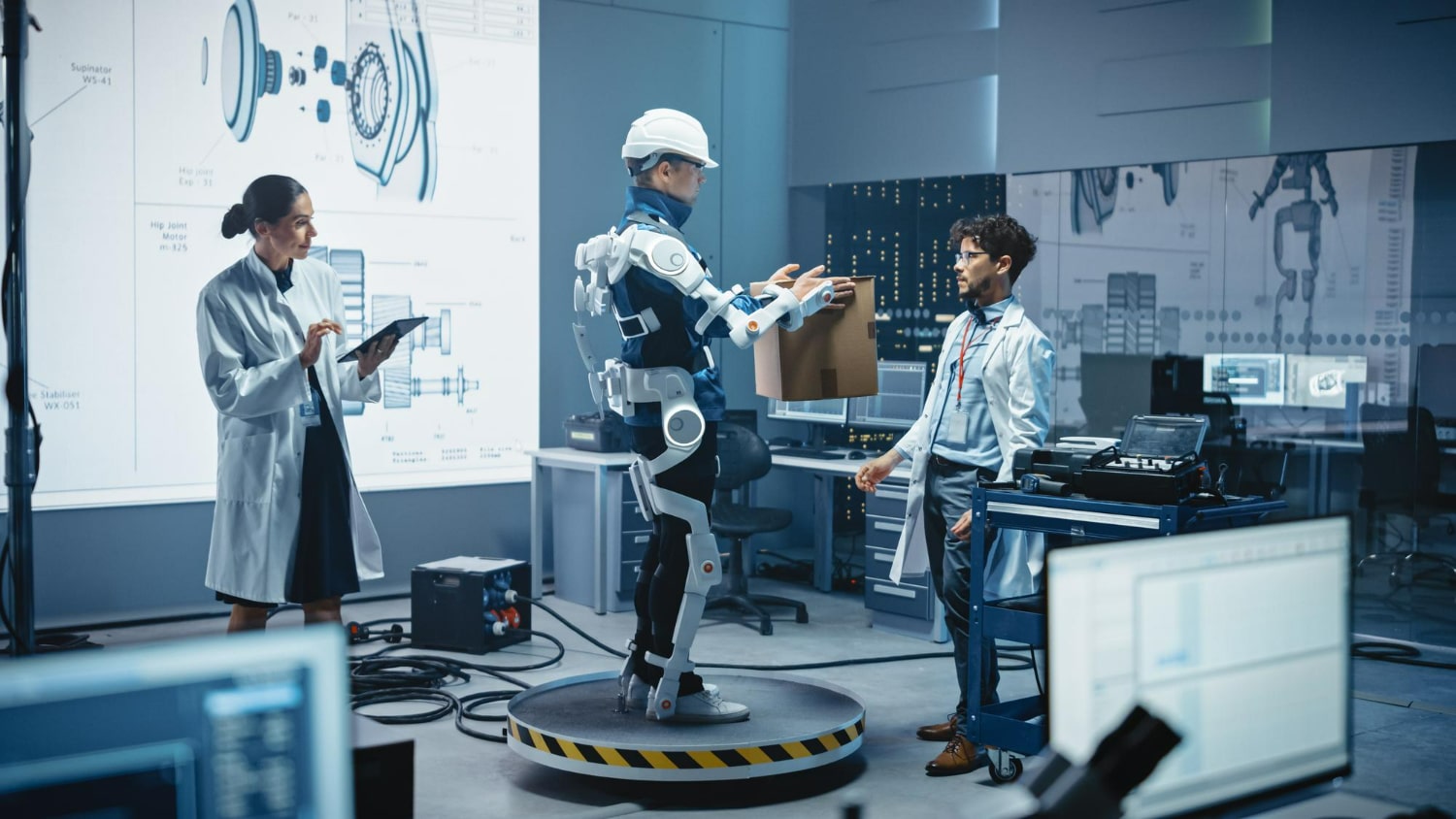ARTICLES

The Pre-Launch Checklist: De-Risking Your Factory with Virtual Commissioning
The most expensive and stressful phase of any new automation project is the on-site commissioning. This is when the multi-million dollar robots, conveyors, and controllers are all installed on your factory floor, and you power them up together for the very first time. Every undiscovered bug in the PLC code,

The Invisible Guardian: Designing Integrated Machine Safety Solutions
In the world of industrial automation, power and speed are king. But with great power comes great responsibility. The same robotic arm that can lift a 500-pound engine block with ease poses a significant risk to the human workers who operate and maintain it. Ensuring the safety of these workers

The Art of Prediction: How AI is Revolutionizing Industrial Maintenance
For generations, industrial maintenance has operated on two basic principles: wait for something to break (reactive maintenance), or fix things on a rigid schedule whether they need it or not (preventive maintenance). One is a recipe for costly unplanned downtime; the other is inefficient and wasteful. Today, a third, far

The Factory’s Nervous System: Unlocking Potential with IIoT and Data Visualization
For a century, factories ran on muscle and mechanics. Today, they run on data. In the era of the Smart Factory, the most valuable asset is not the machine itself, but the information it produces. The key to unlocking this value is the Industrial Internet of Things (IIoT)—a vast network

The Factory’s ‘Easy Button’: The Power of Turnkey Automation Systems
Embarking on a major factory automation project can feel like a daunting task. The checklist is a mile long: select the right robot, design the end-of-arm tooling, source the conveyors, program the PLC, integrate the safety system, and hire the half-dozen specialists needed to make them all talk to each

Proof, Not Promises: Winning with Product Characterization and Benchmarking
In a crowded marketplace, every company claims their product is the best. It’s “faster,” “more efficient,” “more durable,” and “more reliable” than the competition. These are just marketing buzzwords, promises floating in the air—until you have the data to prove it. How do you replace vague claims with hard, undeniable

The Machine’s Face: Why Intuitive HMI Programming is a Game-Changer
A multi-million dollar industrial machine is a marvel of power and precision. It can perform tasks with superhuman speed and accuracy. But to a human operator, all that power is useless without a way to control it. That control point, that bridge between human and machine, is the HMI—the Human-Machine

The Ghost in the Machine: The Unseen Power of Expert PLC Programming
Walk through any modern factory and you’ll see a symphony of motion. Robotic arms pivot and weld, conveyor belts start and stop with perfect timing, and complex machinery performs intricate tasks with flawless repetition. It’s a marvel of mechanical engineering. But what is conducting this orchestra? What is the invisible

When Good Tech Goes Bad: A Deep Dive into Failure Analysis
It’s the moment every engineer and manufacturer dreads. A product that worked perfectly through thousands of hours of testing suddenly fails in the field. A circuit board mysteriously dies, a mechanical component fractures, a system grinds to a halt. The immediate priority is to replace the unit and solve the

More Than Pass/Fail: The Data-Driven Future of Automated Product Testing
For decades, the job of an automated tester at the end of a production line was simple and binary. It delivered a verdict: Pass or Fail. It was a digital gatekeeper, a simple thumbs-up or thumbs-down that decided a product’s fate. That era is over. Today, in the age of

The Hidden Factory: How Automated Testing Reduces Your Cost of Quality
In every manufacturing business, there exists a “hidden factory.” It doesn’t appear on any floor plan, but it’s one of the most expensive parts of your operation. This hidden factory is the sum of all the time, materials, and labor spent on fixing mistakes. It’s the cost of scrap, rework,

The Bespoke Gatekeeper: Anatomy of a Custom Automated Test System
From the outside, an Automated Test System (ATE) or functional tester can be deceptively simple: a metal box with a door, some flashing lights, and a monitor. An operator places a newly built product inside, presses a button, and a few seconds later, a green “PASS” or red “FAIL” appears
